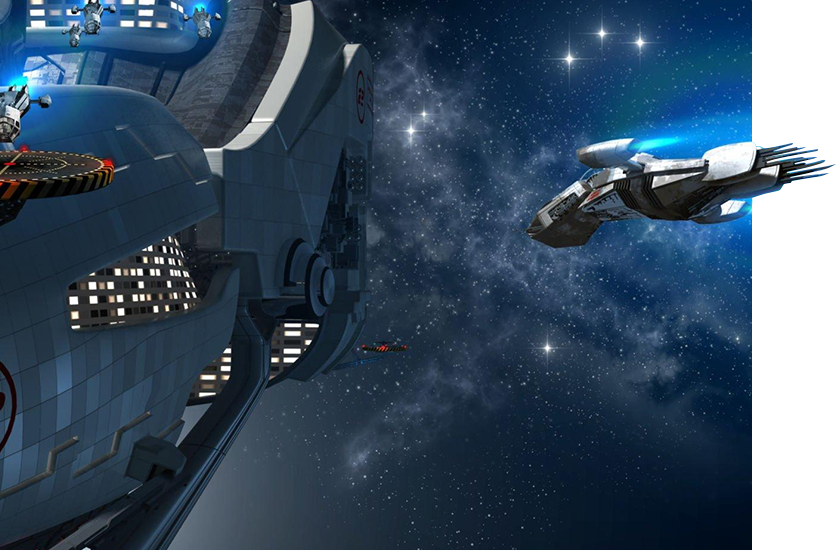PR and marketing are often mentioned alongside one another; Google searches boast “PR and marketing strategy” or “What is the difference between PR and marketing?” These questions are essential, particularly in the indie development space. Studios distribute resources carefully and identify opportunities that provide the best payoff for investment. When approaching your project’s PR and marketing strategy, the two should not be mutually exclusive. In truth, each has benefits and shortcomings; combined, however, they address each other’s weaknesses, and a successful launch strategy knows where and how to use both.
Public Relations
Public relations (PR), particularly within the gaming industry, is a proven way to get exposure for your project. Beyond increasing visibility, the effects of a successful PR campaign can positively impact your brand, as well. PR addresses a brand’s reputation, investor profile, and media relationships; it casts a wide net with techniques such as press releases, target outreach, and media placement. A successful PR strategy brings in earned coverage from target outlets through both personal outreach and mass distribution. Examples of PR coverage include:
- Press release publication on target outlets, whether through personal pitching or press wire distribution
- Requests for quotes or an interview to include in a published article
- If presenting a product, request for a sample or trial to review in a future publication
- Attending public or private events to raise awareness of your brand
- Crafting a public relations campaign using recognizable imagery and catchy slogans to permeate the market
Public relations place your brand at the forefront of media, often without the prerequisite of paying for sponsored content. Beyond getting your brand known, PR increases your brand’s reputation and consumer trust, as the promise of earned media implies unbiased coverage. While the macro-implications of PR benefit your brand as a whole, the broad nature of its outreach is time-consuming and might not be practical against smaller target audiences. Within the video game industry, for example, finding a news outlet for people who enjoy multiplayer party games might be difficult, considering the specificity of the demographic. While an article on a general games outlet will increase sales, a sponsorship with a content creator whose audiences engage in party games will ensure more interest. Social media marketing should be paired with PR for complete exposure when planning your game’s launch campaign.
Social Media Marketing
Digital marketing secures sponsorships and product placements with a budget. While PR uses resources that cast a broad reach to maximize earned coverage, social media marketing identifies specific target groups to propose a paid opportunity. In an increasingly digital age, examples of social media marketing pepper our news feeds. Within the video games industry, the following are examples of social media marketing:
- Sponsored banner or advertisement on a website’s homepage
- Paid inclusion in a listicle (ex. game night recommendations)
- Paid influencer collaboration
- Paid advertisements on social media platforms
The process of social media marketing includes creating ad content, publishing your ad on target outlets, and arranging sponsored content with industry creators. While neither method is foolproof for ensuring coverage, the promise of a sponsorship entices more content creators–particularly with larger platforms–versus the earned nature of PR.
So, which one?
The question shouldn’t be PR or marketing; a combination of PR and marketing is the most effective way to earn exposure for your game. While PR has the highest chance of reaching the greatest number of people, social media marketing ensures your project will be seen by the demographic you’ve designed it for. Therefore, in planning a launch strategy for your indie title or brand campaign for your studio, PR and marketing should be viewed as two halves of the media whole. Marketing is targeted, and outreach and organization often take less time than identifying and following up with journalists and creators for coverage. Managing your marketing budget and organizing sponsorships may fit your schedule, but PR is often a heftier task; organizing a PR campaign, investing in distribution resources and databases, drafting pitches, and managing coverage opportunities is usually handed off to a PR agency. If you’re thinking of a launch strategy and don’t know where to start, Starfall PR is happy to outline a proposal with PR and marketing opportunities. Wherever you’re at, we’ll meet you there.
Let's get to work





